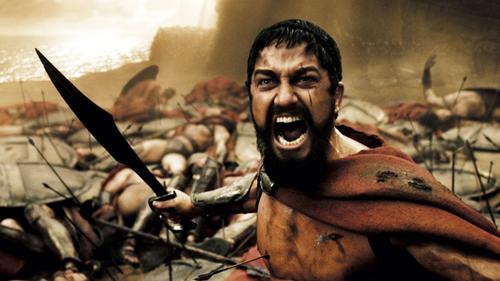This... is... TRIGONOMETRY!
 If
If
⎩ ⎪ ⎨ ⎪ ⎧ tan x tan y = cos x cos y sin z + 3 tan y tan z = cos y cos z sin x − 5 tan z tan x = cos z cos x sin y − 3 ,
and
x = a + b m ; g + h m ,
y = c + d n ; i + j n ,
z = e + f ( 2 p − m − n ) ; k + l ( 2 p − m − n + 1 ) .
where a , b , c , d , e , f , g , h , i , j , k , and l are constants, and n , m , p ∈ Z ,
evaluate
∣ ⌊ a ⋅ b ⋅ c ⋅ d ⋅ e ⋅ f ⋅ g ⋅ h ⋅ i ⋅ j ⋅ k ⋅ l + π ⌋ ∣ .
DETAILS AND ASSUMPTIONS:
-
m , n , and p , represent the multiplicities of periods of solutions. Ex: If sin ( x ) = 0 , then x = π n , n ∈ Z .
-
m , n , and p , encompass all integers. So 2 p would go: . . . , − 2 , 0 , 2 , 4 , . . . .
-
Notice that in the presented form of solutions, constants like b , d , and f are uniquely determined. While f ∗ ( 2 p ) = ( 2 f ) ∗ p , as ( 2 f ) ∗ p f would not factor out nicely with m and n ... etc.
-
If any constant turns out to be 0 (one of them does), please treat it as 1. I've just noticed this, so if anyone entered 3, you're right. Sorry about that!
-
Please enter the solution expansion points based on the domain of the principal value of the relevant trigonometric function (defined by the range of its inverse function). For example, for sin ( x ) = − 1 , x = − 2 π + 2 π n (the principal range of sin − 1 ( x ) is − 2 π ≤ x ≤ 2 π ).
[HINT: all constants ≤ π .]
The answer is 300.
This section requires Javascript.
You are seeing this because something didn't load right. We suggest you, (a) try
refreshing the page, (b) enabling javascript if it is disabled on your browser and,
finally, (c)
loading the
non-javascript version of this page
. We're sorry about the hassle.
1 solution
I too, at first i did not understand why it was that image
So that's why the rating of this problem keeps going down?
Cheaters.
Log in to reply
How to solve this? I'm weak at Trig.. D: @John Muradeli
Log in to reply
Heh I wish I knew.
I have the book that has the necessary chapter before it that explains how to solve the problems in the chapter, but haven't given it a look. This is a star problem - meaning, the most difficult problem of its type in the chapter. The book is from the Communist times - by a Russian author - written for students entering the "Highest Boards of Education (Universities)" (my best attempt at translating).
The book has the answers and solutions for Section I problems, but the harder problems, including this one, are in Section II, that only come with answers and no solutions at the back of the book.
But I do make it my Trigonometric Mastery goal to solve this problem one day - and I hope I do.
Cheers
I will dedicate a one page paper describing how awesome the first person to post a legit solution to this problem is+a shout out.
Log in to reply
I had almost got the solution and is none less than 2 pages , however I think the hardest part was to assign variables . I had to think for almost an hour after getting cos(z)=1/2.
i guessed with the image 300 spartan warriors